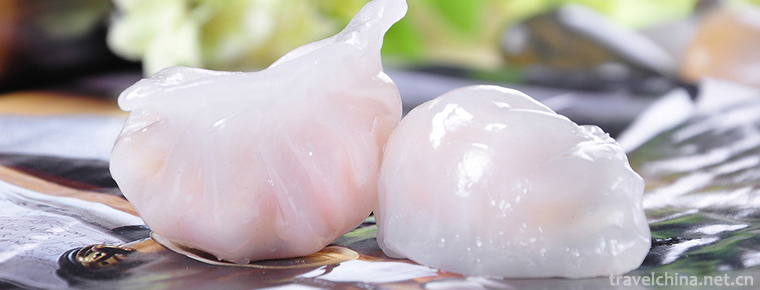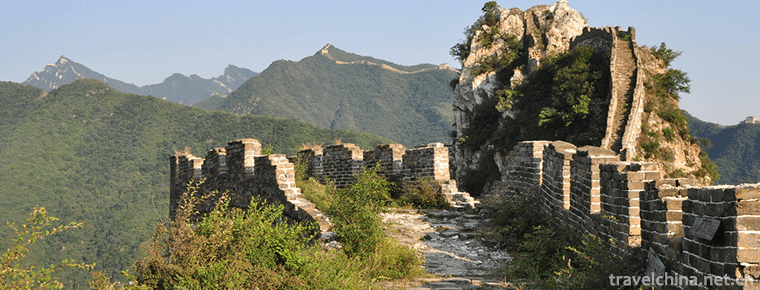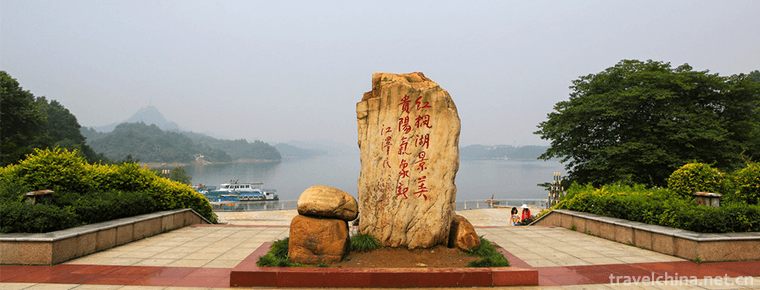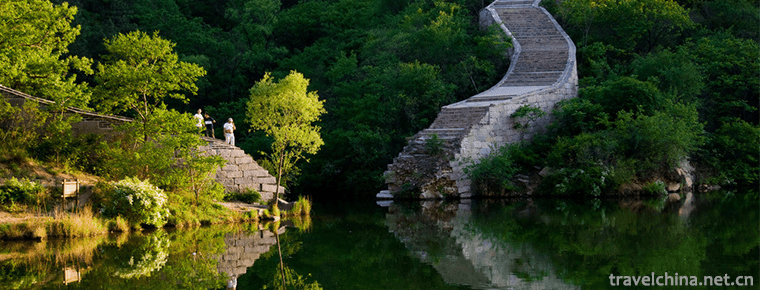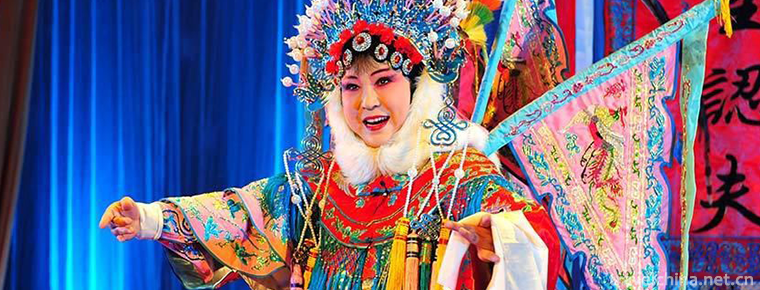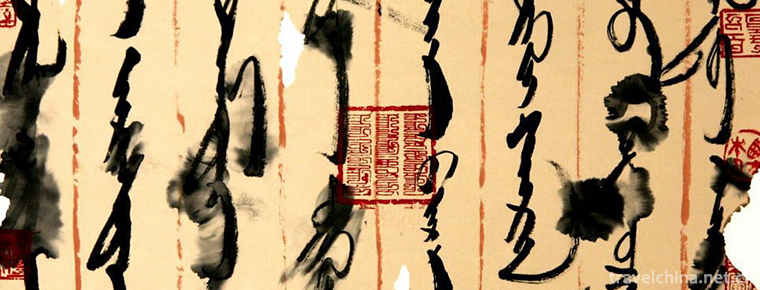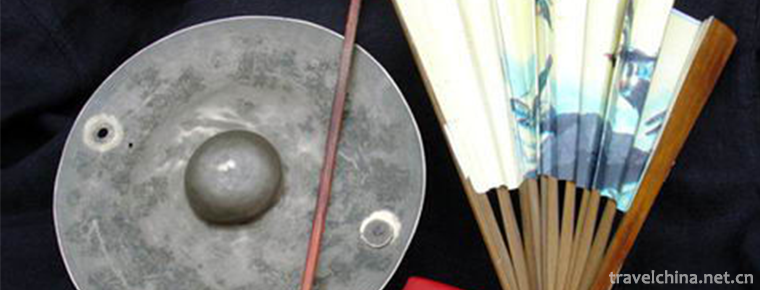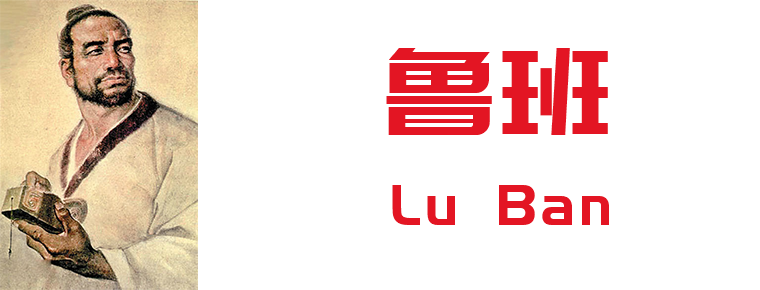Mount Huangshan
Huangshan: World Cultural and Natural Heritage, World Geopark, National AAAAA Class Scenic Spot, National Scenic Spot, National Civilized Scenic Spot Demonstration Site, Top Ten Famous Mountains in China, the First Wonderful Mountain in the World.
Huangshan is located in the southern part of Anhui Province, Huangshan City, 72 peaks, the main peak of the Lotus Peak 1864 meters above sea level, with the bright peak, Tiandu Peak and called the three main peaks of Huangshan, one of 36 peaks. Mount Huangshan is a symbol of tourism in Anhui, and is the only mountain scenery of the ten great scenic spots in China.
Mount Huangshan formerly known as "Shan Shan", because of peak green black, looking at the name of the green Dai. After legend, Xuanyuan Huang Di once renamed the "Mount Huangshan" in this alchemy. The representative landscape of Huangshan is "four absolute three waterfalls", four absolute: strange pine, strange stone, cloud sea, hot spring; three waterfalls: herringbone waterfall, Baizhangquan, Kowloon waterfall. Mount Huangshan welcoming pine is a symbol of warm and friendly people in Anhui, bearing the Oriental etiquette culture embracing the world.
Xu Xiake, a traveler of the Ming Dynasty, praised Mount Huangshan when he visited Mount Huangshan. When we climb Mount Huangshan, there is no mountain in the world. He was later extended to "the mountains of the five mountains do not look at the mountains, but Mount Huangshan does not return to the mountains".
Huangshan is located in the southern city of Huangshan, Anhui Province. It is about 40 kilometers long in the north and south, about 30 kilometers wide in the East and west, with a total area of about 1200 square kilometers. Among them, the area of Huangshan Scenic Spot is 160.6 square kilometers, spanning 118 01 118 17 East longitude, 30 01 30 18 North latitude, Huangshi in the east, Xiaoling foot in the west, Erlong Bridge in the north and Tangkou Town in the south. It is divided into nine administrative areas: hot spring, Yungu, Yuping, Beihai, Songgu, Diaoqiao, Fuxi, Yanghu and Fugu.
The buffer zone covers an area of 490.9 square kilometers and is bounded by the administrative boundary of one of the five towns (Tangkou Town, Tanjiaqiao Town, Sankou Town, Geng Town, Jiao Town and Yanghu Forest Farm) adjacent to the scenic spot.
Mount Huangshan is located in the subtropical monsoon climate zone with high mountains and deep valleys. The climate varies vertically. Local topography plays a leading role in the climate. It has more clouds and fogs, higher humidity and more precipitation. It forms a special monsoon climate in mountainous areas. There is no severe summer and less severe winter. The average annual precipitation is 2369.3 mm, the average annual rain day is 180.6 days, mostly concentrated in April-June, snow day 32.9 days, foggy day 259 days, gale 118.7 days, annual average temperature 7.9 degrees Celsius, summer maximum temperature 27 degrees Celsius, winter minimum temperature - 22 degrees Celsius, the longest rainless period 40 days. There are dense trees, numerous streams and waterfalls in the scenic area. The atmospheric quality keeps grade I all the year round. The average concentration of PM2.5 in the air is 5 micrograms/cubic meters. The concentration of negative oxygen ions in the air is stable over 20,000/cm 3 for a long time. It is called "natural oxygen bar".
Huangshan Mountain experienced orogeny, crustal uplift, glacier and natural weathering before its peak forest structure was formed. Huangshan has 72 peaks, known as "36 peaks, 36 small peaks", the main peak of the Lotus Peak as high as 1864.8 meters above sea level, with the bright peak, Tiandu Peak, called the three main peaks of Huangshan, one of 36 peaks.
The Huangshan Mountains are mainly composed of Yanshanian granite. Vertical joints are well developed, erosion and cutting are intense, faults and fissures are interlaced, and water-soluble erosion is long-term, forming granite caves and channels. There are 30 mountains, 22 rocks, 7 holes and 2 Customs. The Quaternary glacial relics in Mount Huangshan are mainly distributed in the southeastern part of the former mountain.
Huangshan has a 800 million-year geological history, combines peak forest landforms and glacial remains in one, and has rich and typical geological landscapes such as granite sculpture stone, granite cave, Quantanxi waterfall. The front mountain rock mass is sparse with many spherical weathering, and the back mountain rock mass is dense with columnar weathering and steep, forming the landform characteristics of "grand Front Mountain and beautiful back mountain".
On December 12, 1990, Mount Huangshan was listed on the World Natural and Cultural Heritage List by UNESCO. The World Heritage Committee's assessment of Mount Huangshan is that it was widely praised during the heyday of Chinese literature and art (the "landscape" style of the mid-16th century A.D.) and is known as "the most extraordinary mountain in the country of Sinian".
In 2002, it was awarded the second batch of China National Geopark.
In 2004, it was selected as the first batch of World Geoparks and became a tourist attraction with three honors, namely, World Cultural and Natural Heritage and World Geopark.
In 2007, it was selected as the "Top Ten Famous Mountains in China", ranking fourth in China, second only to Mount Tai, Mount Everest and Mount Emei.
In January 2015, it was selected as the first green list of the World Conservation Union (IUCN).
In July 25, 2018, it became a member of the World Biosphere Reserve Network.
Matters needing attention
Accommodation: From April to October in Huangshan Mountain, there are many tourists. Accommodation is very tight. Early lodging or advance booking through travel agencies and hotel service companies should be made on the mountain. There are no residents on the mountain, and there are no hometown hotels to stay in. There is a shortage of drinking water on Mount Huangshan mountain. The cheap rooms only supply 2 bottles / room days.
Diet: In the scenic area, food, shopping and other prices are very expensive, can buy good cake, chocolate and other non-staple foods and a small amount of mineral water in Tunxi, instant noodles do not take (no blisters). For the sake of hygiene, it is recommended not to eat raw food in the mountains, such as wild cucumbers, etc. Water shortage in the mountains, a bottle of mineral water to sell 5-15 yuan.
Dress: Mount Huangshan is a humid monsoon climate in the North subtropics, with four distinct seasons, mild climate and the same rainy season. Young and middle-aged tourists in the spring, summer, autumn and winter are suitable for short-term tourism to Huangshan, just on time to dress, do not need to take a lot of clothing, stop when the main accommodation has coats for rent. Because the elevation of the scenic spot is above 1600 meters, the temperature is 8-10 degrees lower than that below the mountain, the elderly and infirm and winter visitors to Huangshan may bring a little more cold clothes than when they are at home.
Safety (remember): when climbing, you should wear flat rubber saddle, cloth shoes and travel shoes, and you can not wear high heels. Mount Huangshan is picturesque, but you can't walk to see the scenery, so as to avoid accidents. This is called view without walking, walk without seeing the scenery. On rainy days, you can spend a few yuan on a disposable raincoat, which is much more convenient and safer than carrying an umbrella. Huangshan photography is different from park photography. In the park, both the photographer and the photographer can take a few steps back to adjust their angle. However, in Huangshan photography, you must not retreat at will, because behind you is likely to be a cliff cliff, you must look back to see if there is room for retreat, so as not to fall down, in this case as long as a little. Attention can be avoided. Huangshan mountain road steep steep, suffering from high blood pressure, heart disease, in addition to carrying the necessary emergency medicine, it is not suitable to travel alone, not to be in danger.
The best places to see the sunrise on Mount Huangshan are the balcony and Lion Peak in the North Sea, followed by the Bright Peak and Yuping Tower. Sunrise time: Spring: 5:30-6:00; Summer: 4:40-5:20; Autumn: 4:50-5:20; Winter: 5:30-6:00.























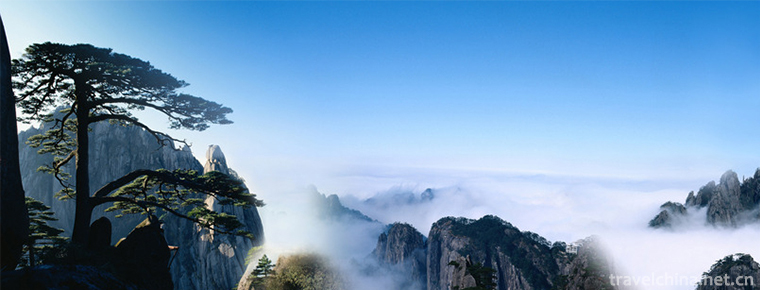
-
Crystal shrimp dumplings
Crystal shrimp dumpling is one of the traditional Cantonese tea house snacks. It is as famous as dry steamed cooking, fork cooking and egg tarts..
Views: 188 Time 2018-11-14 -
Xiangshui lake the Great Wall
Xiangshui Lake is another unique and beautiful tourist attraction in the suburbs of Beijing. Located in the west of the Great Wall of Huairou Mutianyu.
Views: 442 Time 2018-12-10 -
Hongfeng Lake Scenic Area
Hongfeng Lake Scenic Spot is located in the western suburb of Guiyang City, Guizhou Province, China. It is 28 kilometers away from Guiyang, the capital of Guizhou Province..
Views: 157 Time 2019-01-16 -
The Great Wall of Water in Huanghua City
Huanghua City Water Great Wall is located in Jiuduhe Town, Huairou District, Beijing, 65 kilometers away from Beijing City. It is a famous tourist and leisure resort.
Views: 148 Time 2019-01-18 -
Luo Juan Opera
Luojuan opera, commonly known as trumpet opera, is one of the local operas and one of the national intangible cultural heritages spread in Runan County of Henan Province and Dengzhou City of Henan Pro.
Views: 149 Time 2019-05-15 -
Mongolian Grammar
Mongolian traditional calligraphy also pays attention to the skills of moving pens, such as astringent two-way pen, backhand pen, towing pen, effect pen, horizontal pen, etc. In ink, there are full pe.
Views: 217 Time 2019-06-03 -
Pinghu cymbal book
Cymbals are a unique form of local traditional folk art in the Wu dialect area of Jiangnan. According to the Records of Songjiang County, it was formed in the Qing Dynasty (1821-1850). It is now mainl.
Views: 134 Time 2019-06-09 -
Yao Peoples Playing Hall
The Playing Hall is a folk grand gathering of memorizing ancestors, recalling history, celebrating harvest, rewarding vows, disseminating knowledge and mass entertainment activities in Liannan Paiyao..
Views: 285 Time 2019-07-11 -
Gong Shuban Lu Ban
Luban (507 BC - 444 BC), Lu people in the spring and Autumn period. Ji surname , a two-character surname Name, class, person. Public transport plate , Public like , Class lose It is also known as &quo.
Views: 183 Time 2019-09-07 -
Yele Nature Reserve
Yele Nature Reserve is located in Yele Township, north of Mianning County, Sichuan Province, bordering on the south of Shimian County, Ya'an City. It is a provincial nature reserve. It is 70 kilometers away from Mianning County..
Views: 234 Time 2020-10-16 -
Gufo weir
Located in Huanglongxi section of Jinjiang River in Chengdu, Gufo weir was built in the 25th year of Qianlong reign. Zhangfengzhu, the magistrate of Pengshan County, built a weir to irrigate Huayang, Renshou and Pengshan Sanyi fields..
Views: 151 Time 2020-11-05 -
History of Leshan
Leshan used to be the capital of Kaiming tribe in ancient Shu state. In 309 B.C., King Wu of Qin sent troops to the south to wipe out the rule of the Kaiming family. The state of Qin established Nan'an County in Shizhong District of Leshan City.
Views: 133 Time 2020-12-17
